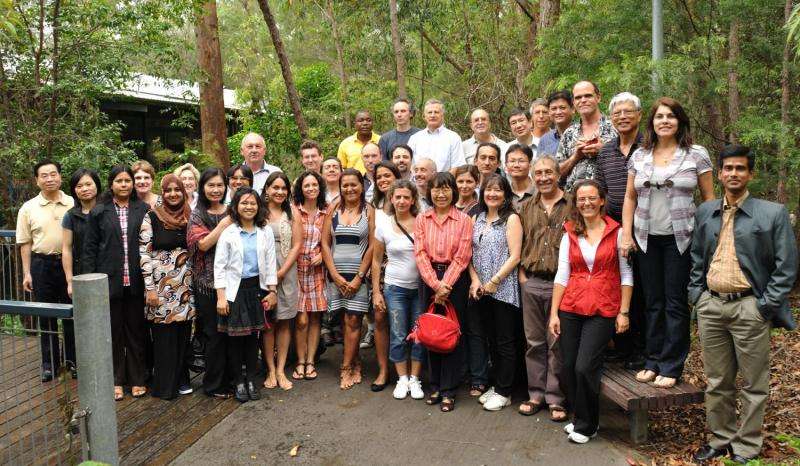Six years of pest fruit fly species investigation compiled in a new special volume

Considered among the agricultural pests with the greatest economic impact, the tephritid fruit flies (Diptera: Tephritidae) are a serious worldwide problem. Destroying fruit and vegetable production and markets across all major continents, some key species have raised international attention, leading to six years of coordinated multidisciplinary research that will contribute to overcome phytosanitary trade barriers and apply more sustainable pest management strategies such as the Sterile Insect Technique (SIT).
The collaboration between over fifty researchers from more than twenty countries resulted in twenty-five articles, compiled by editors Drs. Marc De Meyer, Royal Museum for Central Africa, Belgium, Anthony R. Clarke, Queensland University of Technology, Australia, M. Teresa Vera, Facultad de Agronomia y Zootecnia, Universidad Nacional de Tucuman, Argentina, and Jorge Hendrichs, Joint FAO/IAEA Division of Nuclear Techniques in Food and Agriculture, Austria. They have now been published in a special volume of the open-access journal ZooKeys.
Females from numerous native as well as invasive fruit flies species cause tremendous economic losses by laying their eggs directly into ripening fruit and vegetables, where their larvae feed, destroying the crop. Their presence also results in the loss of export markets and expensive quarantine and regulatory controls that further increase the associated costs.
The impact of these pests and the requests from the Member States led the Joint Food and Agriculture Organisation / International Atomic Energy Agency (FAO/IAEA) Programme on Nuclear Techniques in Food and Agriculture to assist the governments in developing and applying more environment-friendly pest suppression systems. One example is the SIT package developed and applied against the Mediterranean fruit fly, which resulted in the successful management of this pest species in a number of countries.
To further develop such techniques to deal with other major fruit fly species threatening the agriculture in many countries around the world, the scientists needed to resolve first controversies related to species identities, so that they can differentiate taxonomic groups and better understand their biology.
Therefore, researchers used multiple, independent lines of evidence to delimit the species boundaries. These included traditional morphology, but also morphometrics, developmental physiology, pre- and postzygotic mating incompatibility, karyology, chemoecology, and a wide range of molecular techniques such as multi-locus markers and microsatellites among others.
The present Special Issue presents some of the major findings that are of utmost significance for international horticultural trade and the application of biologically-based pest control methods. The volume is dedicated to two prominent and leading figures in the scientific and research community, Serge Quilici and Peter Teal. Both were part of the initiative from the beginning, but regrettably, passed away recently and were not able to see its conclusion.
More information: Marc De Meyer et al. Editorial, ZooKeys (2015). DOI: 10.3897/zookeys.540.6506
Journal information: ZooKeys
Provided by Pensoft Publishers




















